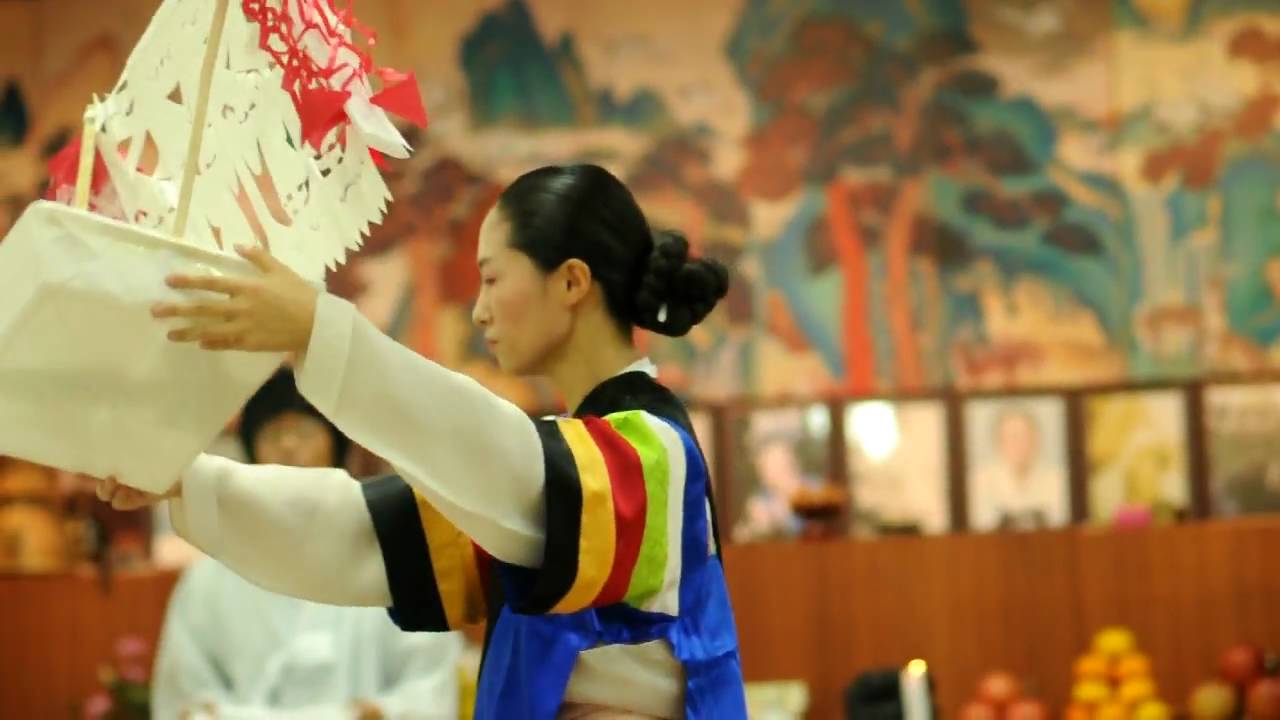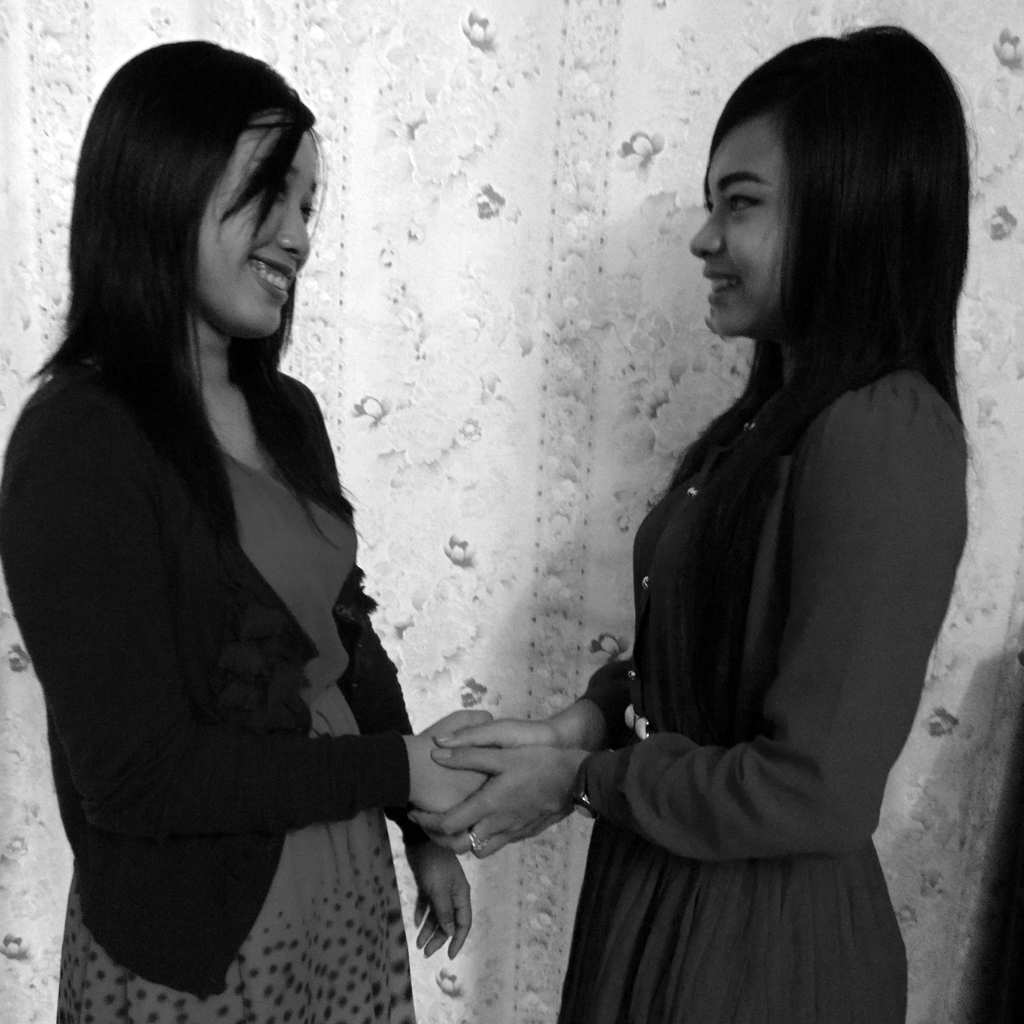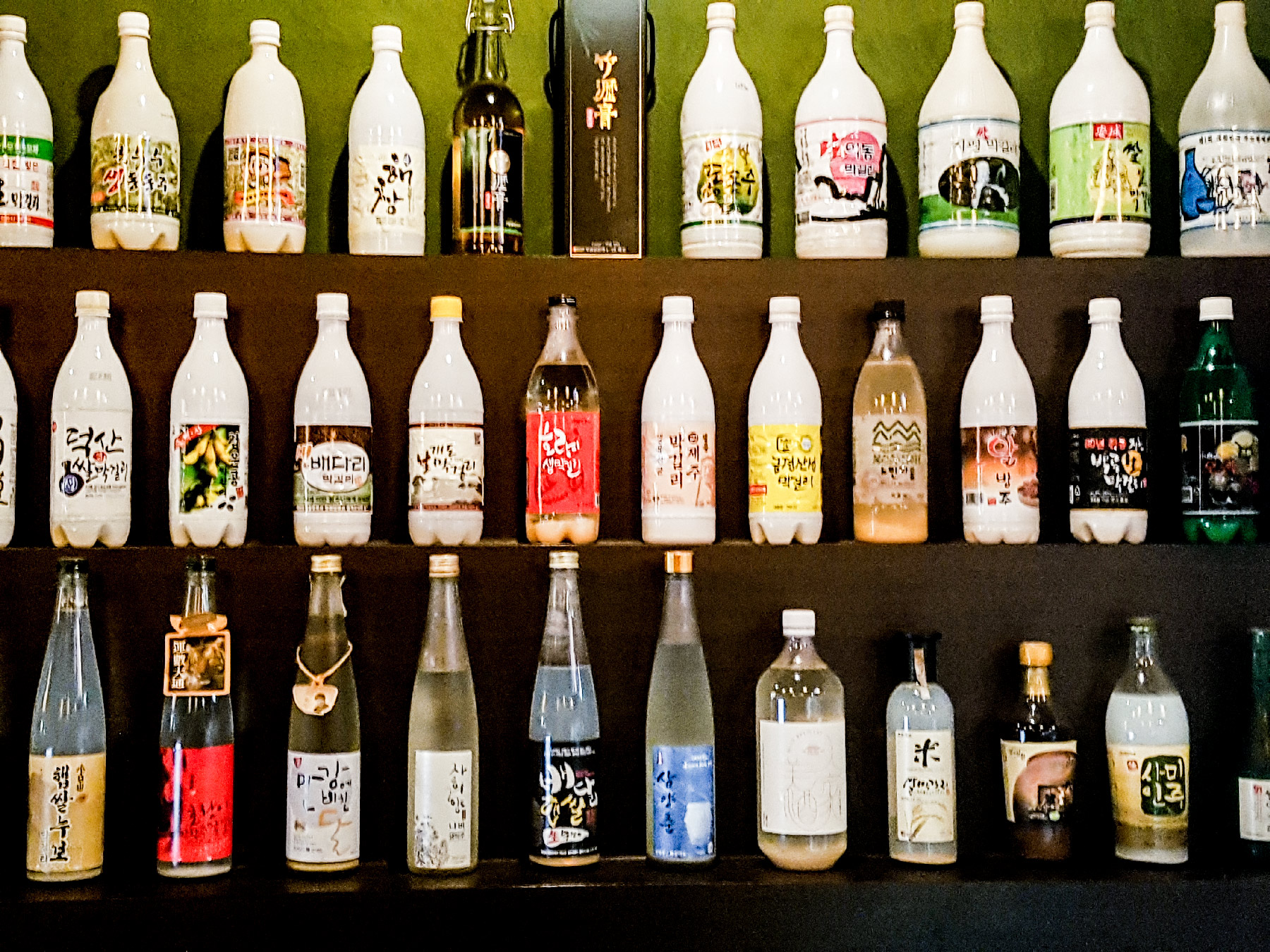Korea has a long history of Confucian and Neo-Confucian thought that permeates society and day-to-day culture even into the modern era. Concepts such as humility, respect for elders and deferring to seniors within a hierarchy are everyday concepts and can be found even in ways to say hello and goodbye. So, for those who speak no Korean, there are proper social rituals that can be observed and mastered as well!
The very formal bow
Many countries in Asia practice bowing. And each country has a different set of rules and customs for their bowing practices. Bowing is meant to demonstrate humility as a sign of greeting. Bowing is also perfect for germaphobes, as there is no touching required like when shaking hands or hugging.
The levels of bowing say a lot. For example, people may perform a full prostrating bow. This type of bowing, which includes prostrating all the way to the ground to touch the forehead on the floor, is used in very serious and grave situations. CEO’s or other famous people who have broken the law or disgraced themselves may do this as an act of contrition to the public.
In a Buddhist temple, shamanic shrine or jesa ritual table during Chuseok (추석/ Korean Harvest Thanksgiving) and Seollal (설날/ Korean Lunar New Year), people will perform this full body prostration a number of times in an act of devotion.
This full body prostration is also reserved for greeting very highly respected or elderly people, like grandparents. Men may also do this to the parents of their potential bride to ask for her hand in marriage. Whenever my wife and I visit her grandparents we almost always greet them both with this full body prostration bow.
Medium formality or standard bow
This is the more standard bow that most people are familiar with. Where one or both people tilt slightly from the waist, with their hands at their sides. The depth of the bow, the length of time one holds the bow and which person bows first are all determined by rank, title, age and status. For example, if I were to meet president Moon Jae-In, I should bow first to him, very deeply and hold the bow for a few seconds. Meanwhile, he does not have to bow at all to me if he chooses not to. The younger or lower ranked person should bow first. Students may bow to their teacher by placing both hands on the their stomachs, right over left or left over right depending on their gender, and bow from the waist. If the teacher is particularly scary they may bow deeper and longer! But this depends. Customarily one should not look up or tilt their face when bowing. Today many men, especially in professional settings may shake hands. This too includes grabbing the other person’s forearm or shoulder or other hand with their free hand.
Informal bows and quick greetings
This does not mean if you come to Korea you must give a formal, deep bow from the waist to everyone you meet. Once again, age, status and rank all matter and so does the social situation. Entering Lotteria to grab a Bulgogi Burger probably won’t require you to bow deeply from the waist and hold for a few seconds to the employees. They may even become very uncomfortable if you do! But to give a nice but less formal greeting, one can simply tilt or nod their head forward slightly. This is very common, especially among friends. In less formal settings the head nod is a polite way to greet or acknowledge someone. These bows can also be used to say “goodbye” too.
Hugs, kisses and handshakes
In Korea there are many taboos about touching and being too physical in public. Especially with members of the opposite sex or people you do not know very well! Try not to initiate hugs, kisses or handshakes with people who you do not know well, and especially if they are the opposite gender. This may make them very uncomfortable and feel too forward for them. Of course there are exceptions, but when in doubt, follow the common customs, and if someone tries to greet you by hugging, let them! Unless you don’t want them to hug you, then, perhaps run! Some observers may notice among young Koreans, two young men or two young women may walk down the street holding hands. Though Korean society is becoming more tolerant of same-sex couples, it is common for heterosexual people of the same gender to hold hands. This is probably because they are very close and trusted friends, and for many Koreans they may feel more comfortable doing things like holding hands or spending time together with people of their own gender. Of course couples who are dating or married may hold hands in public, too!
Bonus greetings, Anneyangahseyo, Anyang, Yeoboseyo!
I would like to include these ones because as some readers may know, anneyanghaseyo (안녕하세요) is Korean for “Hello”. But what about these other ones?
When my parents visited here from the United States they were so excited to finally use the new Korean phrase they learned, “yeoboseyo/여보세요”. They had looked up on Google translate how to say “Hello” in Korean so they could greet my wife’s parents. A very noble and sweet intention, and they were heart broken when we told them “yeoboseyo” is only for saying “hello” on the phone!
Luckily, they eventually got the hang of “anneyanghaseyo”. But what about “anyang/안녕”? This is the shortened form of anneyanghaseyo, and is also informal. While anyang might be much easier and quicker to say, it is not polite to say it to older or higher ranked people or strangers necessarily. A teacher can say “anyang” to their students, but the students should not say this to their teachers. When in doubt with a new language, use the formal form, in which case anneyanghaseyo is perfect!
In sum, the most standard, but polite way to greet people in Korea, is a slight bow or tilt of the head and “anneyanghaseyo”. So give these a try, and if it is not perfect everytime that is more than okay! Many Korean people appreciate the effort to try and may even give you some tips as well.



No Comments